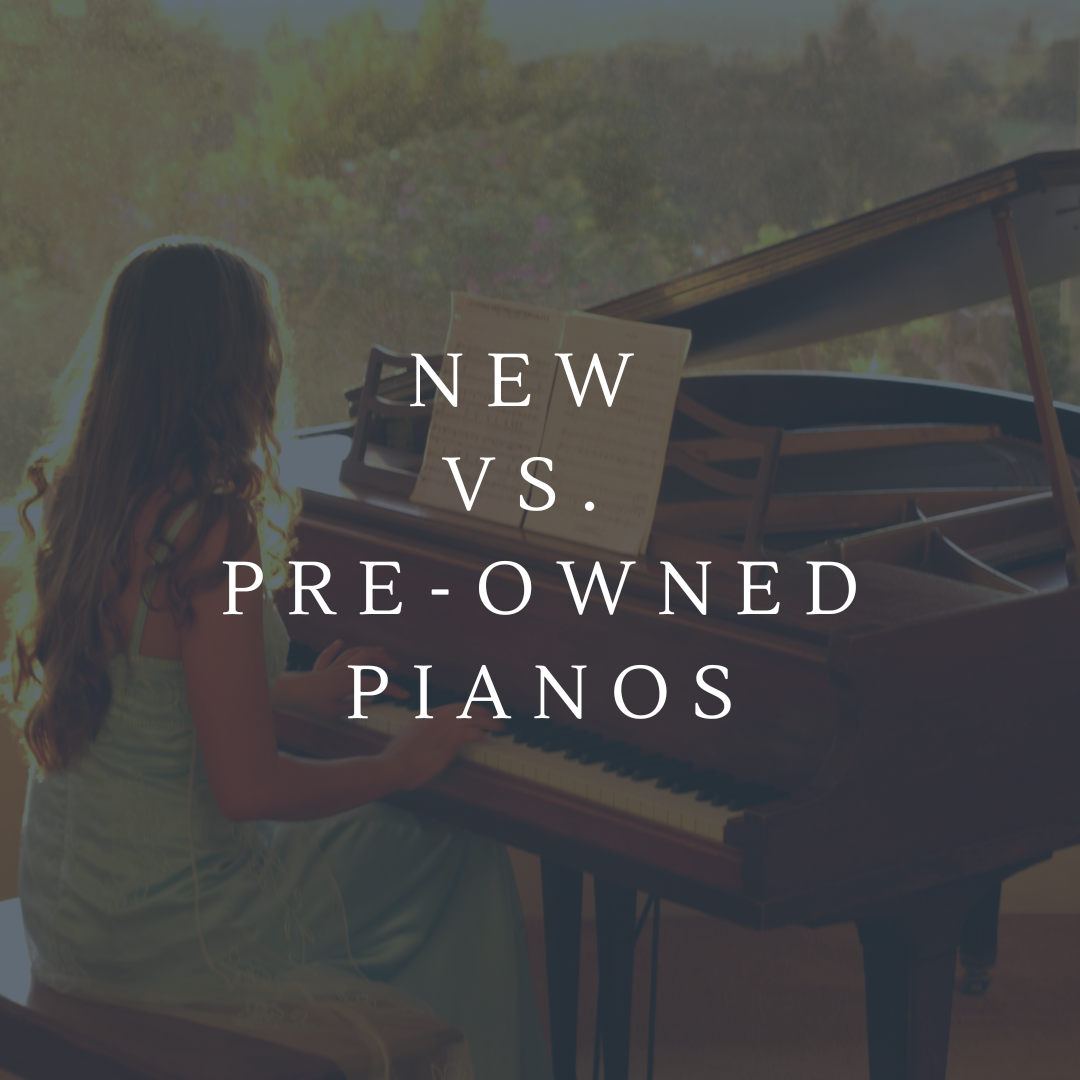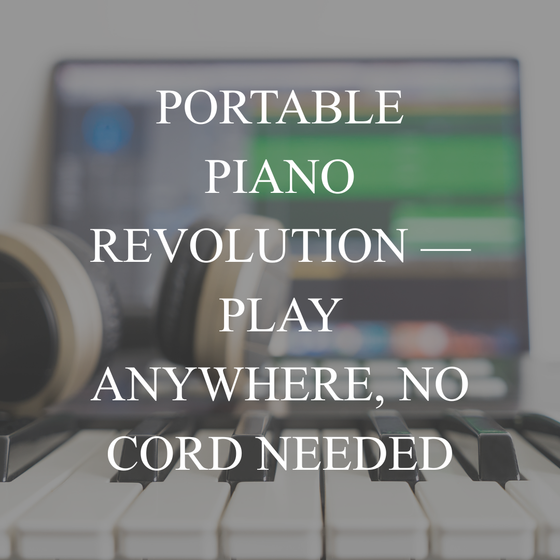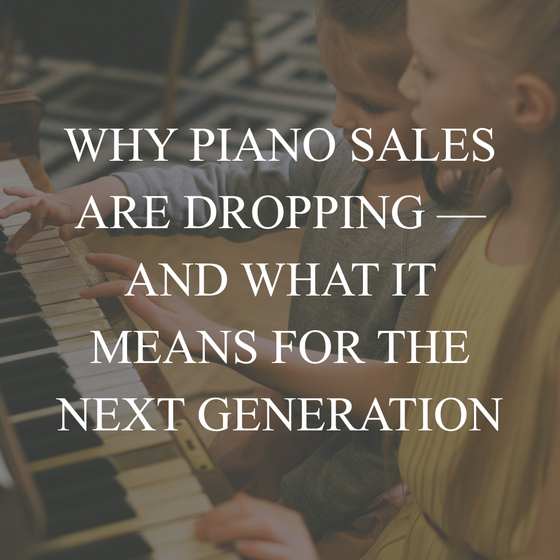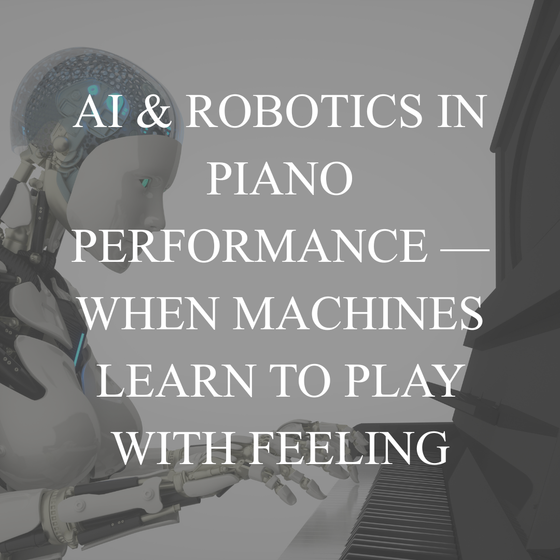
When deciding between a new or pre-owned piano, various factors need to be considered. Let’s examine the main variations:
Craftsmanship and Historical Value:
Investment and Price:
Resale Depreciation:
Maintenance and Longevity:
Acoustic Quality:
Customization and Upgrades:
Ultimately, whether you choose a new or pre-owned piano depends on your specific needs and preferences. Each option offers unique benefits that cater to different priorities, from budget and aesthetics to environmental consciousness and acoustic preferences. Happy playing!

One of the most exciting shifts in the piano world right now is the rise of battery-powered, portable pianos. Instruments like Roland’s GO:PIANO88 show that full-sized keybeds, high-quality sound engines, and wireless operation can coexist. Roland

Across the U.S., piano sales have taken a nosedive. A recent CBS News article reported that in 2024, only 17,294 pianos were sold — compared to hundreds of thousands in past decades. CBS News The reason isn’t lack of interest in music; it’s economics, cultural change, and preference shifts. Young people are renting, using digital subscriptions, or choosing digital pianos as introductory tools.

In 2025, one of the most fascinating developments in piano technology is happening at the intersection of artificial intelligence, robotics, and musical expression. A research team recently introduced PANDORA, a diffusion-based policy learning framework that enables robotic hands to play piano pieces with precision and expressive nuance. The system uses language models to measure stylistic quality and musicality, blending human emotion with algorithmic accuracy. arXiv